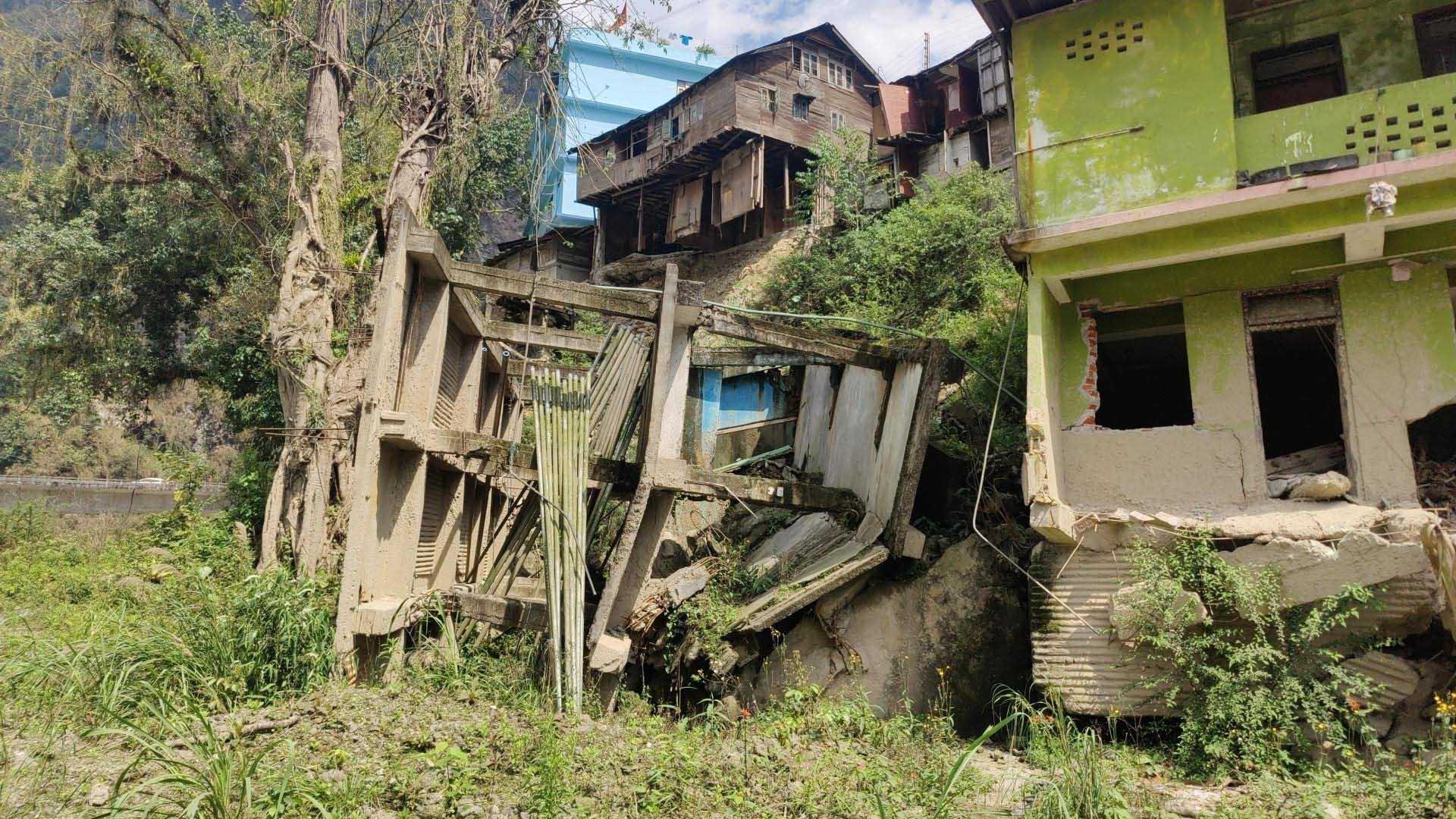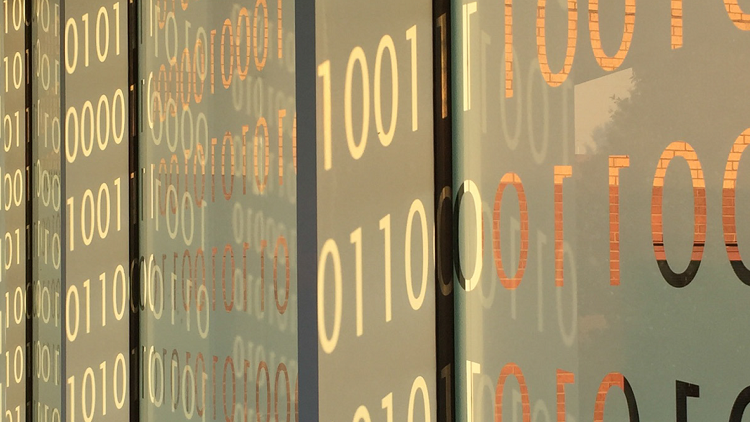
Mostafa Ammar is Studying the History of the Internet to Find Its Future
What is the future of the internet? This is a question School of Computer Science Professor Mostafa Ammar has been asking himself a lot lately, and he’s been looking to the past to figure it out.
Since 2015, he has been traveling around the world, from Colorado to Stockholm to Qatar, to deliver talks on the history of the internet and the challenges it faces now. Ammar may be a networking researcher by trade, but he has been reading history books for years and thought it was about time someone applied that framework to networks.
“Structure can help us understand the future,” Ammar said. “We can learn why things happened the way they did or see if there are lessons from other disciplines whose history happened before ours. That’s the kind of thing I think we’re missing in computer science.”
The earliest network
Ammar has been studying networks since his Ph.D. at University of Waterloo during the 1980s, when the field was just taking shape.
“At that time, we were thinking more like engineers, thinking hard about problems, laying foundations, then designing something and living with it,” he said. “When you design a car, it’s on the road for 10 to 15 years. It takes a while for artifacts to catch up with technology.”
The academic research networks that became the internet grew too quickly for this type of thinking, though. They were originally designed to enable people to access the few mainframes in the country because computers were so expensive and rare at the time. But no one really understood how people would practically use these networks.
Early innovations were rather mundane. When people started leaving messages for each other on the network, email was born. Just as these early networks grew to meet the demand for email, the internet – a network of networks – has been rearranging itself around whatever budding technology is currently taking up the most traffic. It may have been email in the 1980s, but today more than half of the internet is used for video streaming.
The ever-expanding network
Yet expanding the internet to account for new applications isn’t as simple as designing a patch. To change one thing locally, it must be implemented globally. This requires a lot of people to agree on new standards and deploy them, something that has become even more difficult as the internet grows.
One example of the difficulty in adopting new standards is the use of internet protocol (IP) addresses. From its inception, the internet has relied on 32-bit numbers that locate interfaces, enabling users to connect to the network. In the early 1990s, there was concern that these 32-bit IP addresses would run out. By the late 1990s, a new IP standard that used 128-bit addresses was developed. However, it took well over a decade for this new standard to start seeing any meaningful deployment; only when the original 32-bit addresses ran out did it get adopted out of sheer necessity. It’s not the 128-bit address that makes this complicated, but rather the transition technology that enables the new standard to co-exist with the still-dominant old one.
This is just one challenge. In the early days, there were many networks and networking technologies. Over the years, there has been a consolidation of most, if not all, networked services into a single network, the internet. But Ammar thinks that the time for a single network for all services may have passed.
“We’re scientists, but we have a lot of religious beliefs within our domain, and one belief is: There shall be one big network shared by everyone, and it shall deliver everything: video, Facebook, email, documents,” Ammar said. Yet he thinks this singular network belief is actually weakening the internet because it makes deploying new standards even harder due to the network’s scale, a concept referred to as network ossification.
“The internet can be considered the immovable object, but user growth and new application demands are an unstoppable force,” Ammar said. “What happens when the unstoppable force meets the immovable object?” In this case, Ammar believes, the force is actually more powerful because it has real users, real applications, and real money that want things done.
The new networks
Ammar believes that this confrontation has resulted in the beginning of the fragmentation of the internet. Already some companies build bypass networks, or networks completely separate from the main internet. Others create networks where the user’s view of the internet is limited to their content provider network, effectively carving out a part of the network for the content provider. He conjectures that this fragmentation will continue to increase and will be the way the internet responds to new service demands and increased scale.
“One problem is that our research and teaching continues to focus on the traditional ‘one network’ paradigm,” Ammar said. “The networking community should start thinking about how our research and teaching should be changed to reflect this fragmented networking reality and how our research efforts can help give us an orderly transition to this new ‘many networks’ world.”


